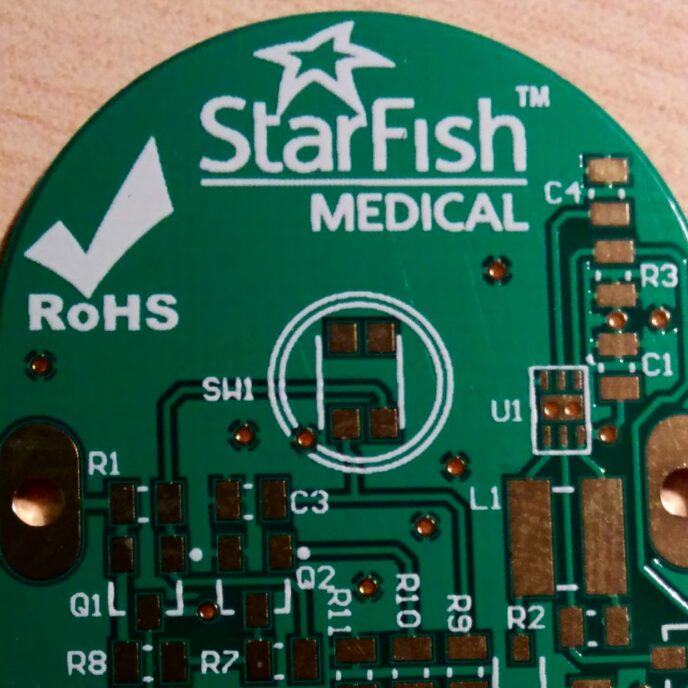
PCB Design Best Practices Pt. 1
I’ve been designing printed circuit boards for years now and have learned plenty of things I believe increase the chances of being successful. Here’s a handful of PCB Design Best Practices that come to mind. And another handful will appear in part two of this blog next week.
First are some general principles that I find helpful. These probably won’t be surprising, but they’re worth stating.
I always use the rules. EDA software is getting more and more sophisticated in the things that can be automatically checked, providing you set the rules up properly. I mostly won’t approve a board layout until all the rules have passed.
I like fully hierarchical designs. I like that the top level is pretty much a block diagram of the board. I also prefer to put all connectors on the top level schematic sheet if possible, making that sheet very useful during troubleshooting and design reviews. Once the schematic design is done, I like to lay out subcircuits first, without constraining them to the board outline. I find this leads to a better overall layout. I then pull all these subcircuits together like puzzle pieces. I try to minimize the layers of subcircuits even if I know the board will be manufactured with many. This makes it easier to re-use portions of layouts or adapt to last minute changes in layer counts.
More and more boards have high frequency differential pairs or impedance critical single-ended signals. I like to use a finite-element calculator to determine the correct trace width and spacing. FEA gives more flexibility than the analytical solutions although they are often not far off each other. It makes me nervous neglecting effects of adjacent ground pours or traces. In fact, if I can’t guarantee the impedance to the closest plane layer then adjacent ground pours can be a nice way to control the impedance. In that case I make sure to stitch the pour to the ground plane all along the controlled impedance traces.
Here are a bunch of strategies that I use for planes and pours.
I always flood my planes rather than using actual dedicated planes. This allows me to drop the odd trace down onto it in a pinch. I don’t like the idea of some Gerber files being negatives; that sounds like a mistake waiting to happen.
I generally don’t bother with power planes other than ground. Partly it feels pretty extravagant and nowadays there are often too many voltage rails to be practical. What I tend to do is dedicate one layer to power routing and use big splashy fills and fat traces. Needless to say, when I pull power off of these layers onto the component layers it first hits a bypass cap with the other pin drilled to ground, then the component it’s destined for.
Ensure flooded regions are stitched well to others. This is especially important on a two layer board where your planes are really just pours and are quite broken up. If I’m not relying on adjacent copper to hit my controlled impedance targets then the pours must be kept sufficiently away.
I don’t like breaking planes up into different regions, like analog, signal, power or whatever. I have found that having one good plane that is well decoupled to the chassis is better than breaking planes up into different power regions.
I try to be careful to keep noise – high frequency currents – off the plane if possible. If I really feel I need to break a plane into different regions, I always add a line of no-fit caps to stitch it back just in case it turns out to be a bad idea after all.
I like to consider where the currents to my various subcircuits will flow through the plane and consider the impact on other subcircuits along the way. Sometimes it’s good to add a slight void or cut in the plane to explicitly corral these currents. It may also suggest that a different arrangement of subcircuits would be better.
Now that I’ve whet your appetite, stayed tuned for Part 2 next week when I discuss tips for Gerber output files, laying out switch-mode power supplies or filters, electromagnetic compatibility, and dealing with constraints from other disciplines. In the meantime, I’d enjoy hearing from readers about their tips and experiences designing PCBs.
Kenneth MacCallum, PEng, is a former Principal Engineering Physicist at Starfish Medical. He works on Medical Device Development and designs PCBs in Digital Health and ultrasound applications.
Images: StarFish Medical